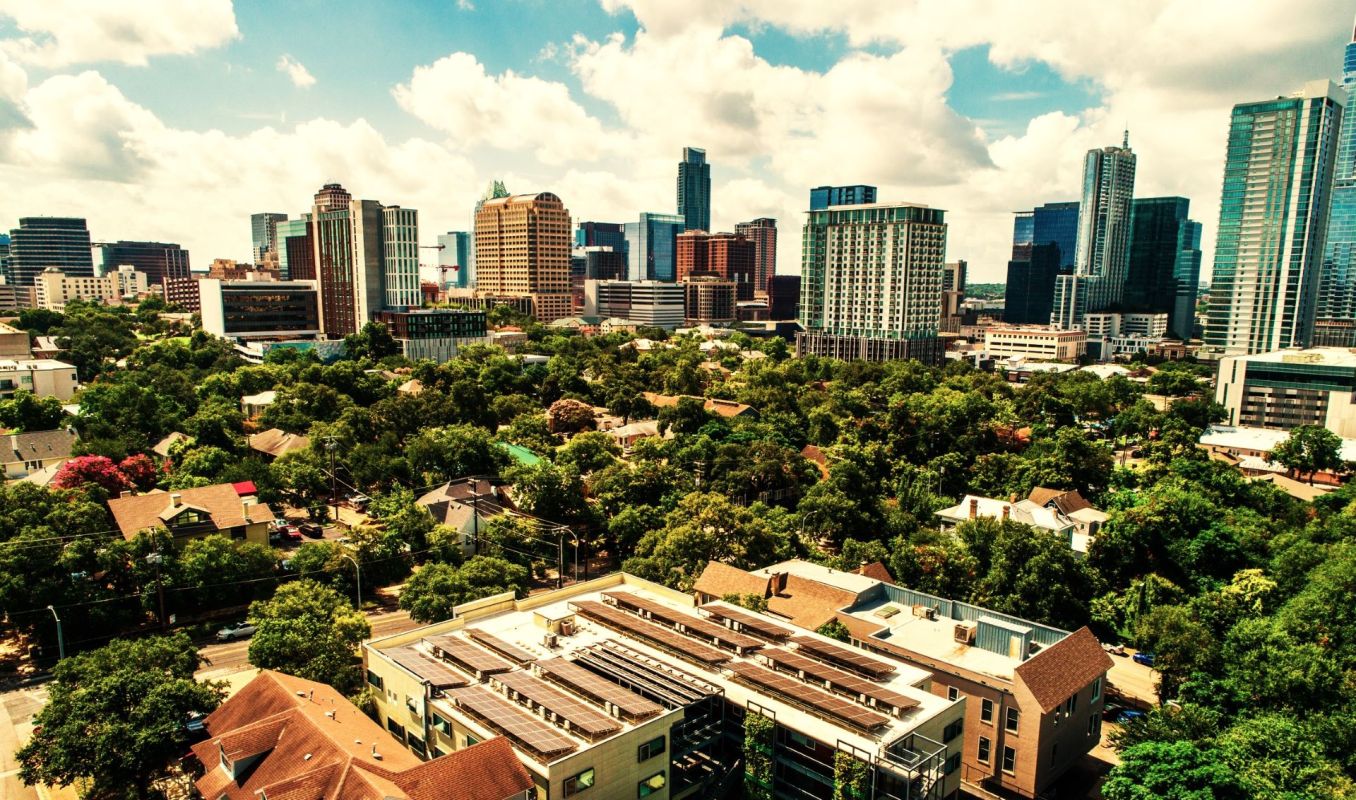The severe Texas heat wave proved to be a time for solar power to shine in the Lone Star State.
According to a report from The New York Times, Texas solar energy production has doubled in the last 18 months. What's more, that output is expected to keep growing even more.
As temperatures in Texas topped 100 degrees Fahrenheit in late June, the power grid became taxed as air conditioners were cranked up. The Texas Tribune reported June 20 that an "atypical" number of coal- and gas-fired power plants went offline, resulting in a call for energy conservation to make sure the power supply remained stable.
Solar power is stepping in to fill that void. The sun typically provides just short of 5% of the state's power supply, according to the Solar Energy Industries Association. But output has been up during the hot, sunny days — at a crucial time for Texans.
"Solar is producing 15% of total energy right now," Joshua Rhodes, a researcher at the University of Texas at Austin, told The Times in June. The report noted that so far this year, solar has provided about 7% of Texas' power.
"It's definitely ruffling some feathers," Rhodes added of Texas' new push toward solar.
There are 617 solar companies in the state, investing nearly $22 billion into harnessing sun power, according to the SEIA.
Nationally, about 3% of power comes from the sun, though the U.S. Energy Information Administration predicts it will produce 20% by 2050.
Solar power isn't without its critics, as its benefits are knocked for being supposedly unreliable and intermittent.
Storage, meanwhile, is its own concern. But new storage packs from companies like Tesla are supposed to keep renewable power in reserve at a much higher rate.
For now, solar power is proving its worth during the heat wave, becoming a more important part of the power grid in Texas.
If the sun can help to keep air conditioners active during extreme temperatures, the clean energy source could be a lifesaver in more ways than one: By the end of June, at least 13 people in Texas had died as a result of the heat.
"The additional solar that we've had, I think has likely been determinative in making a difference between outages and not having outages," Doug Lewin, president of renewable consulting firm Stoic Energy, told the Guardian.
Join our free newsletter for cool news and actionable info that makes it easy to help yourself while helping the planet.









